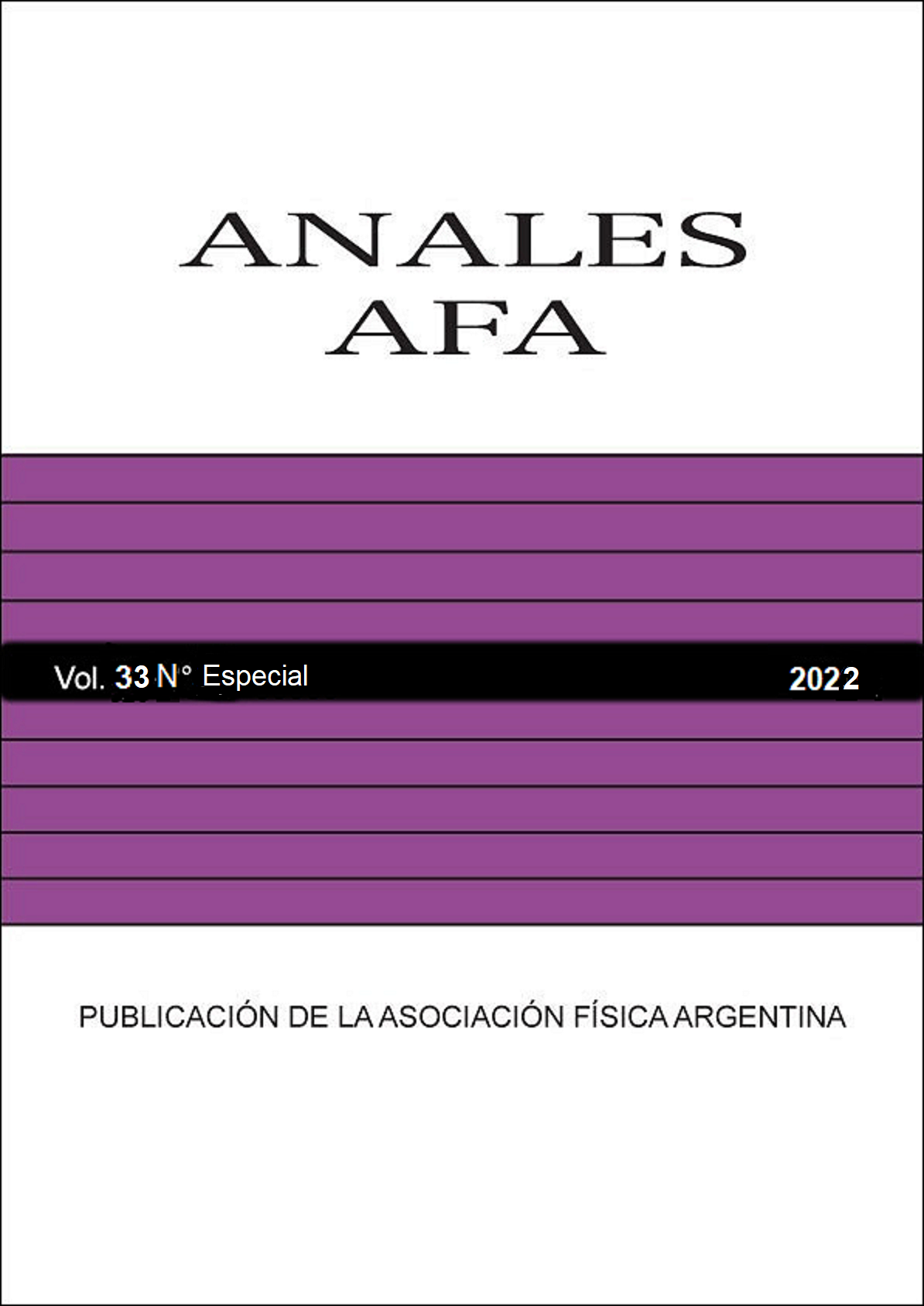INFILTRATION IN A COMPLEX BUILDING
Abstract
The air infiltration through building envelope mainly depends on the doors and windows tightness considered by means of the corresponding effective leakage areas and the pressure difference between the building exterior and interior. Although the standards provide simple methods to estimate the parameters that control the air movement, significant differences in the volumetric flow of fresh air are observed between the standardized and the most accurate traditional methods. Our aim is to evaluate the infiltration in a two-storey building with a large central atrium during the typical day in January by considering all the relevant parameters. The analytical result is incorporated to the numerical simulation with EnergyPlus to determine the internal temperature evolution that is sensitive to the air intake. Simulation results are compared with in-situ measurements. It is found that the air infiltration rate calculated from the standardized procedure only enables the internal temperature evolution to be reproduced with a substantial adjustment of the design air infiltration rate. The methodology developed is useful to calculate the infiltration in buildings under actual use conditions and assess the air leakage when measurements are not available.




